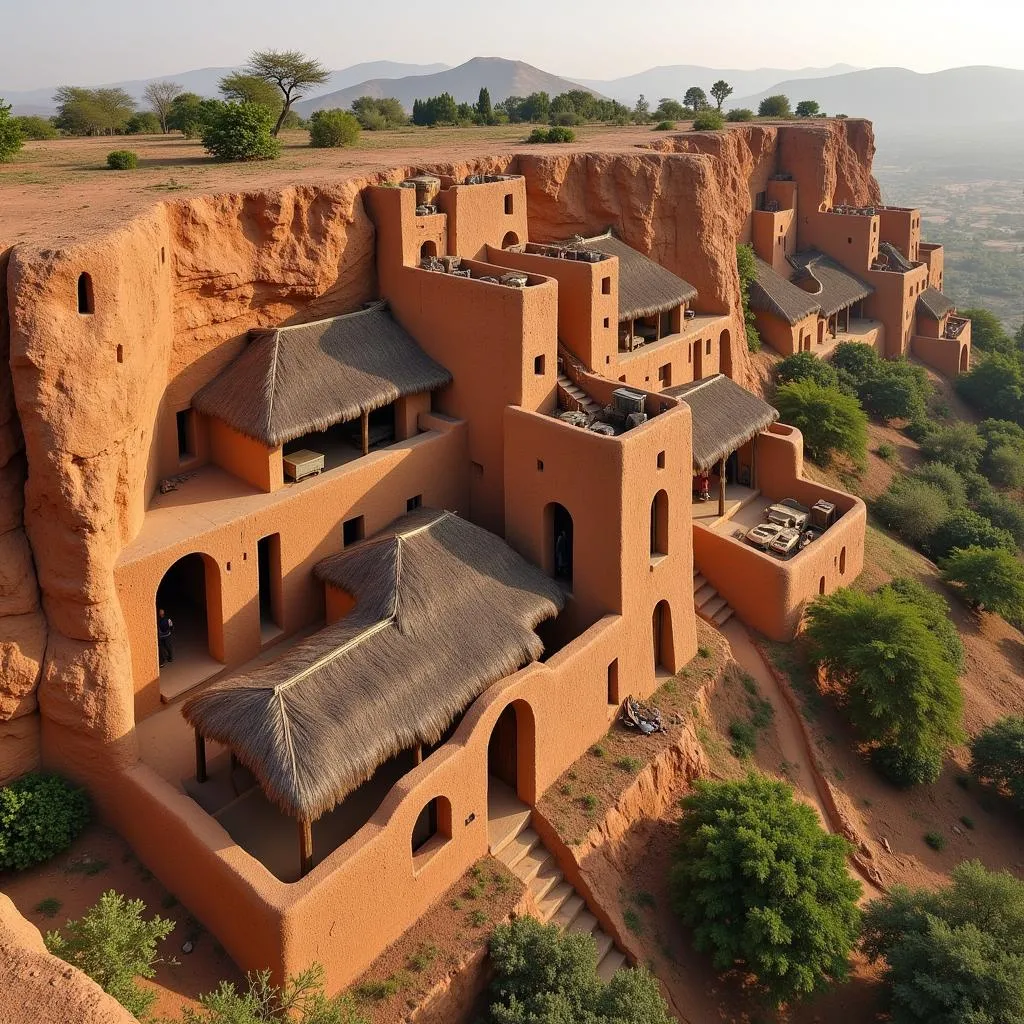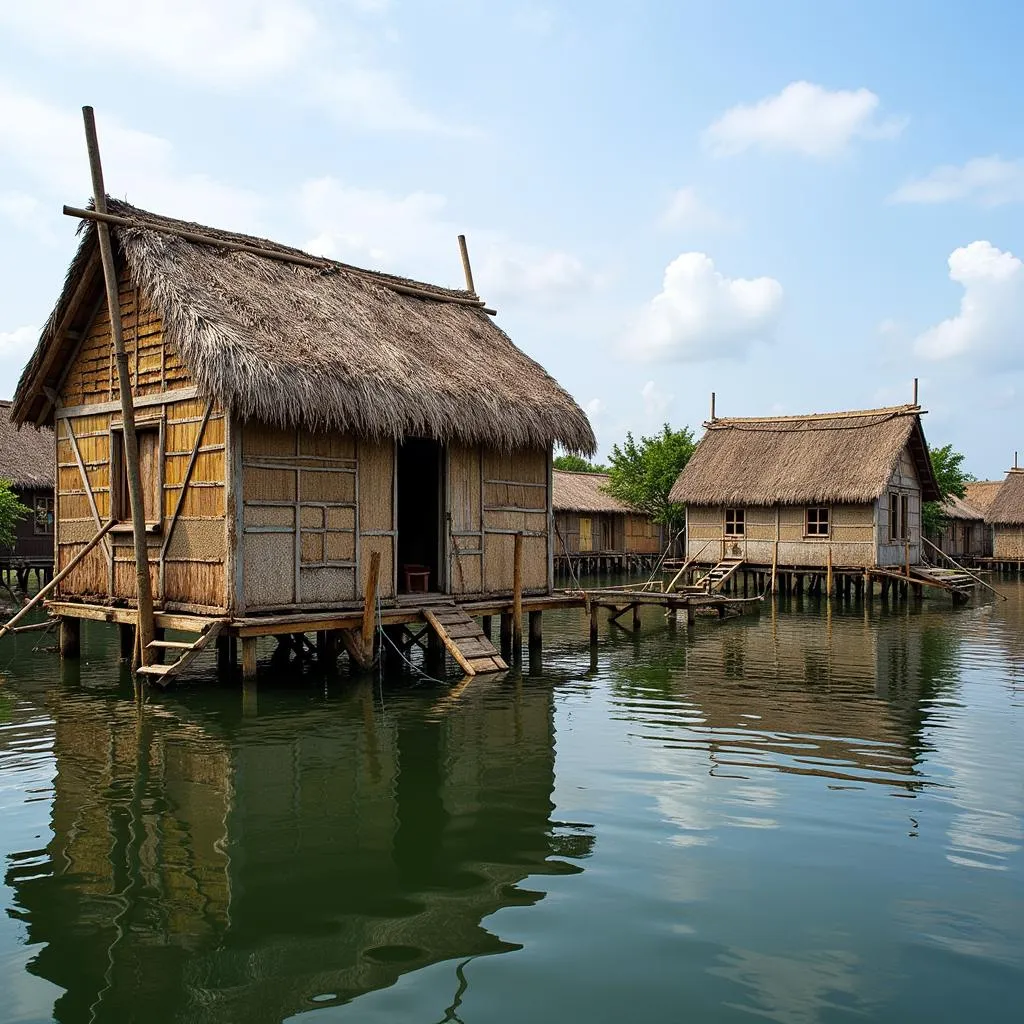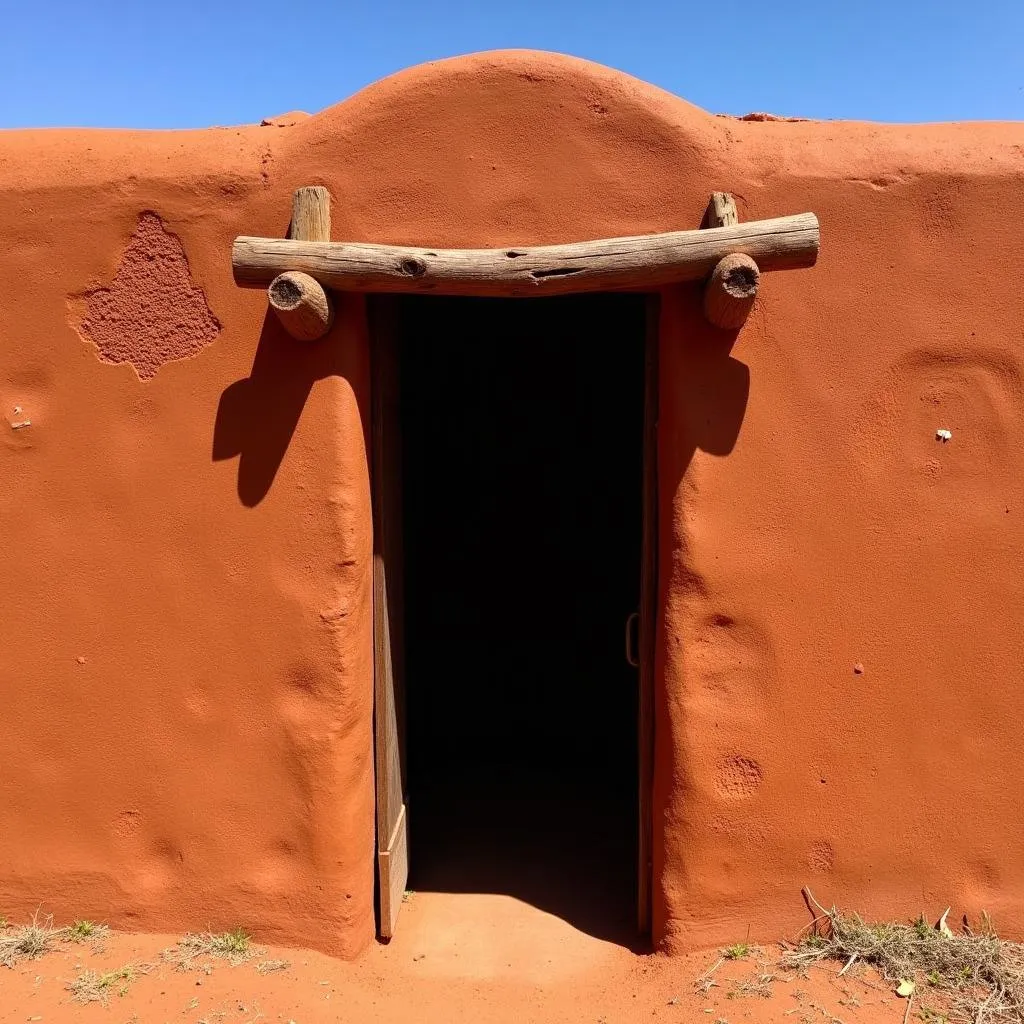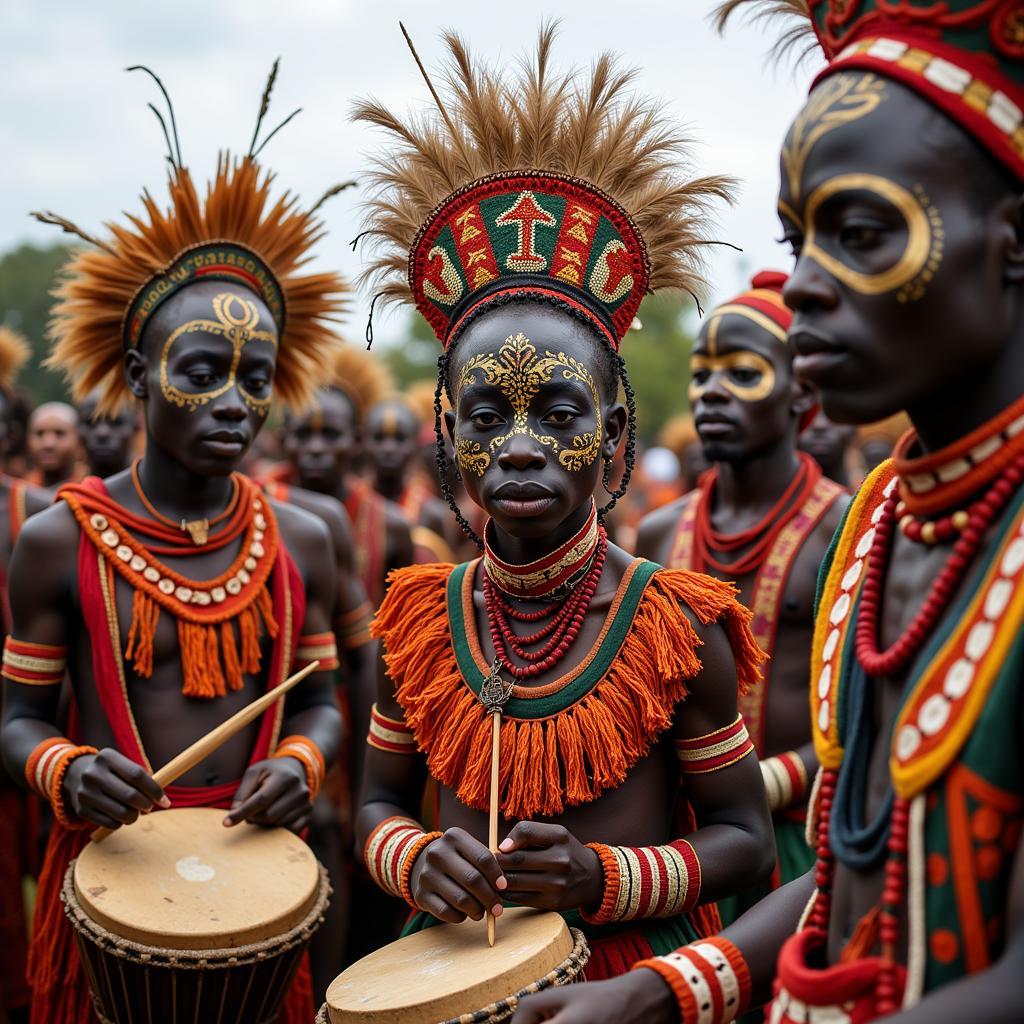African House Information: A Journey Through Diverse Architectural Styles
African houses are as diverse as the continent itself, reflecting a rich tapestry of cultures, climates, and traditions. From the mud-brick homes of the Sahel to the vibrantly painted houses of Cape Town, each dwelling tells a unique story about the people who built and live in it. Exploring African House Information provides a fascinating glimpse into the ingenuity, artistry, and adaptability of African communities.
The Influence of Climate and Environment on African House Design
Climate plays a crucial role in shaping the architecture of African homes. In hot, arid regions, houses are often designed to maximize shade and ventilation. For instance, the traditional houses of the Dogon people of Mali are built into the cliffs of the Bandiagara Escarpment, providing cool respite from the scorching sun. Similarly, the tall, narrow houses of the Swazi people in Eswatini feature thatched roofs that provide excellent insulation against both heat and cold.
 Dogon houses built into cliffs in Mali
Dogon houses built into cliffs in Mali
In contrast, houses in regions with heavy rainfall are often elevated on stilts to protect against flooding. The homes of the Ijo people in the Niger Delta are a prime example, with entire villages built on stilts over the water. These houses feature lightweight materials like bamboo and palm leaves, making them easily transportable in case of rising water levels.
 Ijo houses on stilts in the Niger Delta
Ijo houses on stilts in the Niger Delta
Traditional African House Materials and Construction Techniques
Across Africa, traditional houses are often constructed using locally available materials, reflecting the close relationship between people and their environment. Mud-brick, a mixture of earth, water, and sometimes straw, is a common building material due to its affordability and insulating properties.
In areas with abundant timber, wood is used for structural elements, while thatch from grasses or palm leaves provides roofing. The Himba people of Namibia use a unique mixture of mud, dung, and ochre to coat their homes, creating a distinctive reddish hue that has both practical and symbolic significance.
 Himba house with red ochre coating in Namibia
Himba house with red ochre coating in Namibia
The Social Significance of African Houses
African houses are more than just shelters; they are often the center of family and community life. Many traditional homes feature open courtyards or communal spaces where families gather for meals, ceremonies, and social interactions. The layout of a house can also reflect social hierarchies, with separate quarters for different family members or genders.
For example, in some cultures, the African American church hats history are often passed down through generations and are seen as a symbol of faith and tradition. This is just one example of how African houses are often filled with objects and decorations that hold deep cultural and spiritual significance.
Modern Influences on African Architecture
While traditional architectural styles remain prevalent in many parts of Africa, modern influences are increasingly visible. Urban centers are witnessing the rise of contemporary buildings, often incorporating elements of traditional design with modern materials and technologies. This fusion of old and new reflects the continent’s dynamic and evolving architectural landscape.
Conclusion
African house information reveals a captivating diversity of architectural styles, materials, and construction techniques, each reflecting the unique cultural heritage and environmental conditions of its region. From the mud-brick homes of the Sahel to the stilt houses of the Niger Delta, African houses are not just shelters but expressions of cultural identity, ingenuity, and adaptability. By understanding the history and significance of African architecture, we can gain a deeper appreciation for the continent’s rich cultural heritage and its contribution to the world’s architectural legacy.
FAQs
- What is the most common building material for African houses?
Mud-brick is one of the most common building materials for African houses, particularly in regions with arid climates. It is affordable, readily available, and provides excellent insulation.
- Why are some African houses built on stilts?
Houses in regions with heavy rainfall or flooding are often built on stilts to protect against water damage. This construction technique is common in areas like the Niger Delta and parts of Central Africa.
- Do all African houses look the same?
No, African houses are incredibly diverse in their design, materials, and construction techniques. The specific architectural style of a house depends on factors such as climate, environment, culture, and available resources.
- How has modern architecture influenced African house design?
Modern influences are increasingly visible in African architecture, particularly in urban centers. Contemporary buildings often incorporate elements of traditional design with modern materials and technologies, creating a unique fusion of old and new.
- Where can I find more information about specific African architectural styles?
You can find more information about specific African architectural styles by visiting museums, reading books and articles, or exploring online resources dedicated to African architecture.
Need more information about African culture? Check out these articles:
Get in touch for more!
For more insights into the vibrant world of African culture and life, reach out to our team.
Contact Information:
- Phone: +255768904061
- Email: kaka.mag@gmail.com
- Address: Mbarali DC Mawindi, Kangaga, Tanzania
We’re available 24/7 to answer your questions and help you explore the beauty and diversity of Africa.
